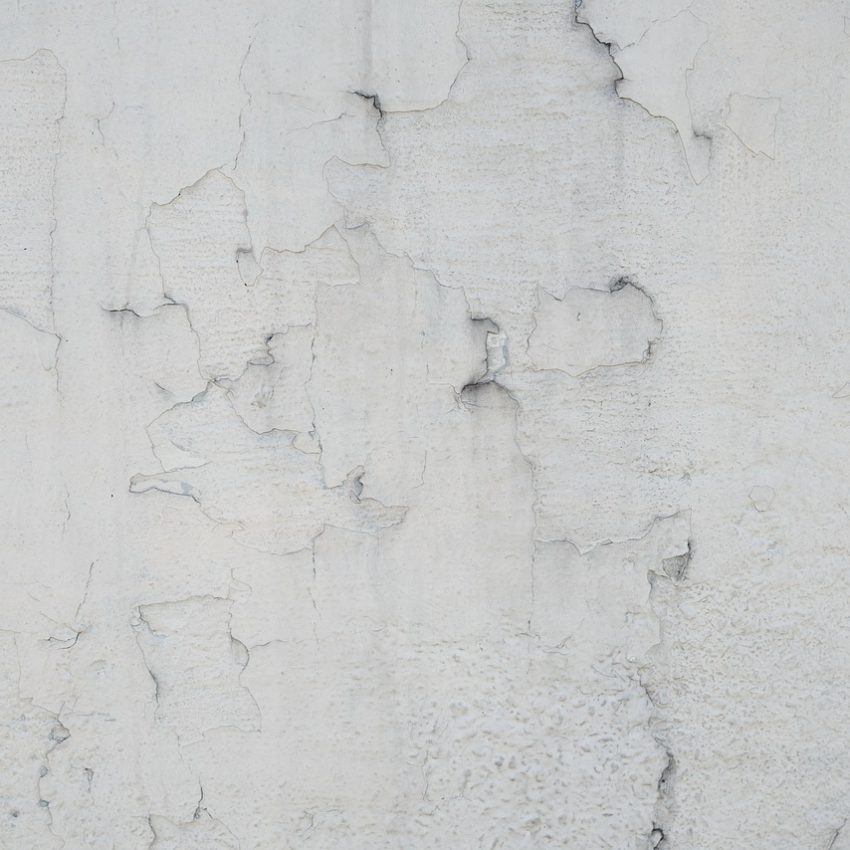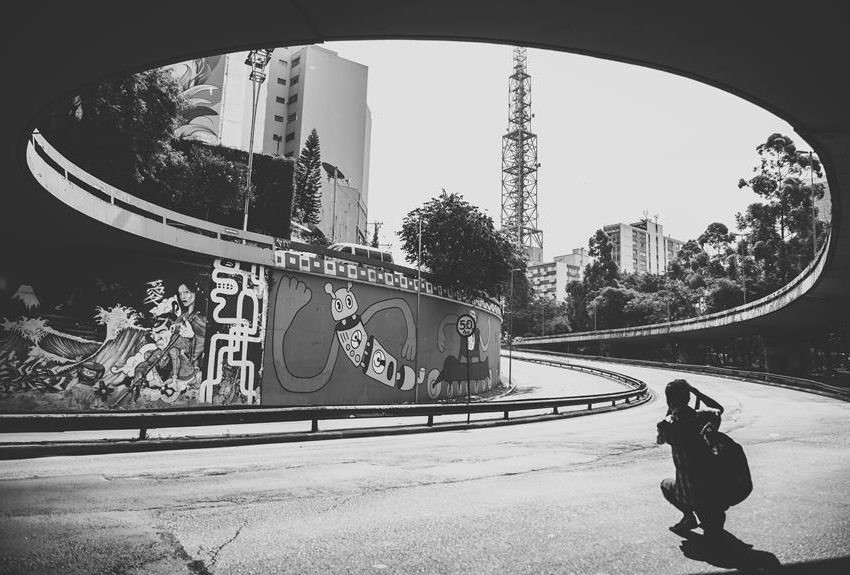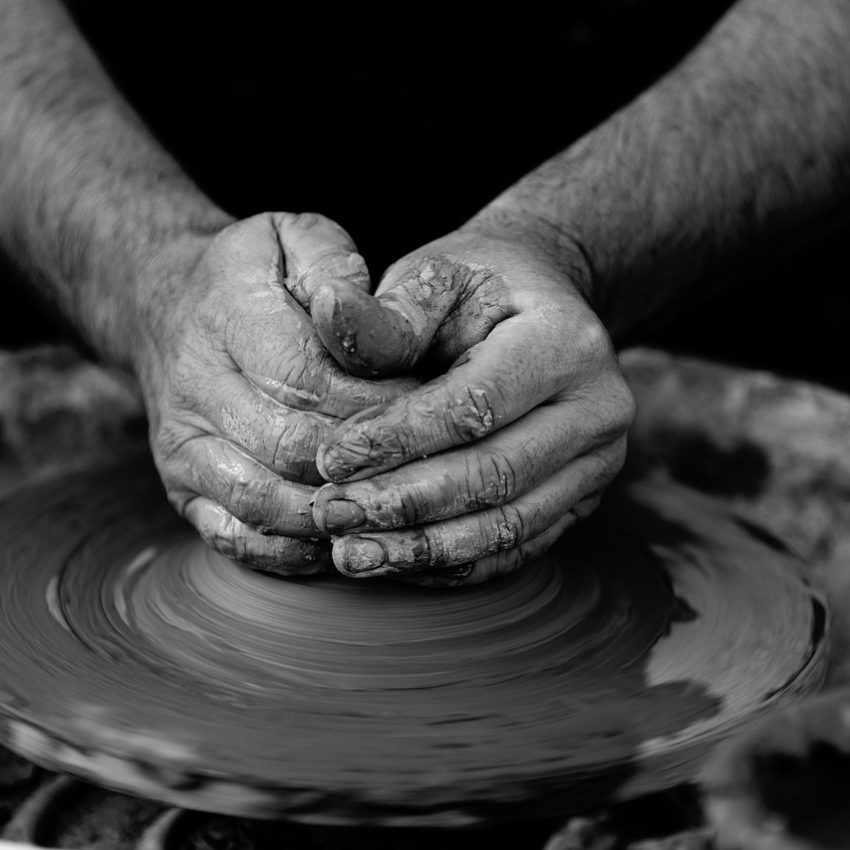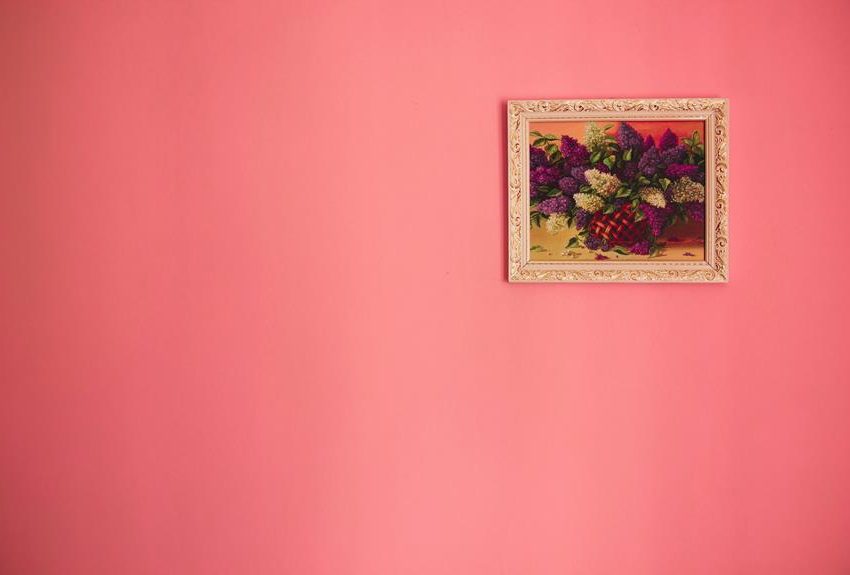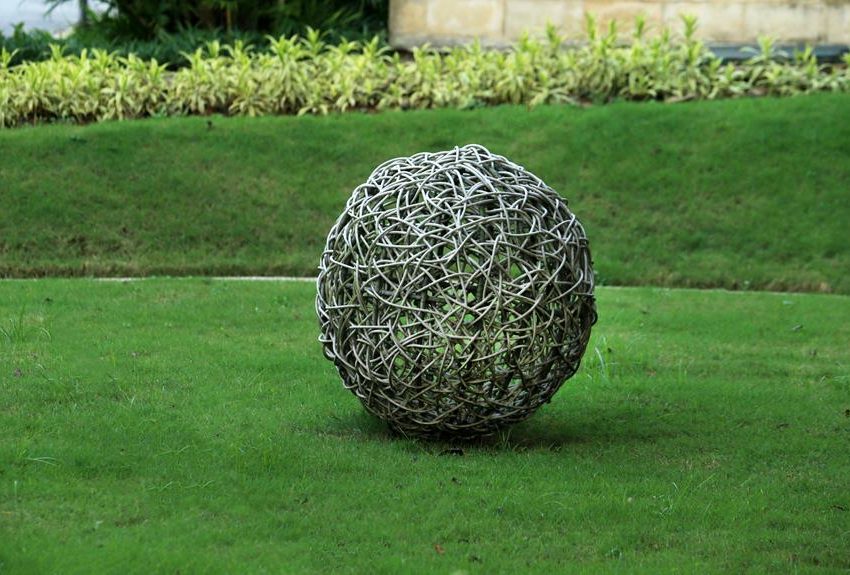Nature in Art
Ways in Which Nature Inspires Art
The evolution of nature paintings can be traced through two distinct traditions: Chinese landscape painting and Western art. From highly realistic depictions to abstract interpretations, famous nature paintings encompass diverse styles and approaches.
Nature is a captivating canvas for artists, allowing them to express inner emotions and explore new aesthetic languages. In the past, artists often recreated nature within the confines of their studios, yielding iconic imagery which has been celebrated in numerous exhibitions at art galleries worldwide. However, with the advent of the avant-garde Impressionist movement, artists ventured outdoors to capture the essence of nature in the air. This shift led to groundbreaking explorations of light, colour perception, and abstraction, forever altering the course of art history.
Claude Monet’s celebrated series capturing the play of light on the Rouen Cathedral epitomizes this departure from traditional representation, heralding the onset of abstraction in art. Similarly, pioneering abstract artist Wassily Kandinsky drew inspiration from nature, infusing his paintings with spiritual and suggestive elements.
Today, landscape artists continue to be drawn to the practice of painting outdoors, a testament to the enduring fascination with nature’s beauty. The following selection of famous nature paintings showcases the mastery of artistic achievement and remains among the most beloved works in the genre, frequently featured in art gallery newsletters. Take a moment to explore these celebrated pieces by renowned nature artists below.
Subtle Symbolism in Nature-Inspired Art
Nature has long been a well of inspiration for artists, offering beauty and layers of meaning waiting to be unearthed, leading to the creation of nature artworks that are frequently showcased in newsletters and galleries.
Within the intricate brushstrokes and carefully crafted sculptures lie hidden symbols that speak volumes about our relationship with the natural world.
Artists throughout history have masterfully woven elements like flora and fauna into their works, using them as vessels to convey more profound messages and truths.
For example, in Vincent van Gogh’s famous painting “Irises,” the vibrant blooms aren’t just pretty flowers on canvas; they symbolize hope and promise in the face of adversity.
The swirling movement within the petals echoes the artist’s tumultuous emotions, inviting viewers to delve beyond the surface beauty. Similarly, Georgia O’Keeffe’s iconic flower paintings transcend mere replication, delving into themes of femininity, sexuality, and spirituality through her larger-than-life floral subjects.
Colours play a crucial role in nature-inspired art, each hue carrying its own significance and emotional weight.
The verdant greens of a forest may symbolize renewal and growth, while the fiery reds of a sunset evoke passion or intensity.
Consider how Japanese woodblock prints use delicate shades of pink cherry blossoms to convey ephemeral beauty and fleeting moments—a reflection of life’s transience captured on paper.
Nature-inspired art isn’t just about capturing scenes from the great outdoors—it’s a language rich with symbolism waiting to be decoded by those willing to look closer.
From the delicate veins on a leaf to the majestic sweep of a mountain range, each element holds clues to deeper meanings and universal truths that artists skillfully weave into their creations.
The Ever-Evolving Landscape of Nature Art
Environmental art has a rich history, dating back to the 1960s when artists sought to draw attention to pressing ecological issues through their creations, often featured in newsletters and outdoor art exhibitions.
As awareness of climate change and environmental degradation grows, modern artists are harnessing their craft for expression and advocacy, creating exhibitions that highlight their connection with nature.
One exemplary movement is the Land Art or Earth Art movement, where artists like Robert Smithson and Andy Goldsworthy used natural materials in large-scale installations to bring attention to the earth’s beauty and fragility.
These artists turned landscapes into canvases and sculptures, blending art with environmentalism.
Contemporary artists continue this legacy by creating thought-provoking pieces that address current environmental challenges.
For instance, the artist Olafur Eliasson teamed up with geologist Minik Rosing to place massive ice blocks from Greenland in public spaces worldwide, an intense exhibition that fused outdoor art with a strong message inspired by nature.
This ambitious installation aimed to confront audiences with the tangible impact of global warming by showcasing natural ice that was melting due to rising temperatures. Such works are powerful reminders of our interconnectedness with nature and the urgent need for sustainable practices.
Large-scale environmental art installations have become potent tools for raising awareness about ecological issues in ways that resonate deeply with audiences.
In cities worldwide, you can find striking examples like Jorge Rodríguez-Gerada’s “Wish,” a monumental portrait created using biodegradable materials on Barcelona’s coastline.
Projects like these beautify urban environments and spark conversations about our responsibility towards the planet.
Indeed, environmental art continues to evolve as artists merge creativity with activism to inspire positive change for our world’s future, often leveraging exhibitions at galleries to spread their message.
Nature's Influence on Art Techniques
Nature has long been regarded as the ultimate teacher for artists seeking to hone their craft.
By closely observing natural textures, colours, and forms, artists can enhance their skill set and deepen their understanding of artistic techniques, a practice often inspired by nature and showcased in nature artworks exhibitions.
Take Vincent van Gogh, for example. His iconic painting “Irises” showcases how he meticulously studied these flowers’ delicate details and vibrant hues to create a masterpiece that captures the essence of nature’s beauty.
One particularly transformative practice that connects artists directly with nature is plein-air painting.
This technique involves creating artwork outdoors, allowing artists to immerse themselves in the natural world’s sights, sounds, and sensations.
The Impressionist movement in art famously embraced plein-air painting to capture the fleeting effects of light and atmosphere in landscapes.
Artists like Claude Monet found inspiration in nature’s ever-changing scenery, using this direct connection to infuse their work with immediacy and vitality.
Moreover, renowned artist Georgia O’Keeffe drew immense inspiration from nature’s intricate shapes and patterns, particularly flowers and landscapes.
Her close-up paintings of flowers magnify their intricate details, inviting viewers to see these natural elements in a new light.
By exploring how nature influences artistic techniques, artists can refine their skills and develop a deeper appreciation for the boundless creativity in the world around them.
Natural Elements in Traditional vs. Contemporary Art
One of the most striking differences between traditional art and contemporary pieces is the portrayal of natural elements.
Traditional art often focused on realistic depictions of nature, striving for accuracy in representing landscapes, flora, and fauna. This pursuit of capturing wildlife has been central to many art gallery collections.
Renowned artists like Claude Monet captured the beauty of water lilies with intricate detail, while the Hudson River School painters portrayed vast American landscapes with precision and grandeur.
In contrast, contemporary art has shifted towards abstract interpretations of natural forms. Artists today reimagine nature through innovative mediums and styles, pushing boundaries beyond conventional representation.
For example, environmental artist Andy Goldsworthy creates ephemeral sculptures using natural materials like ice and leaves, challenging viewers to appreciate transient beauty in a modern context.
Analyzing how artists engage with natural elements across time reveals stylistic evolution and a deeper connection to the environment.
While traditional art celebrates the earth’s bounty through meticulous brushstrokes and classical compositions, contemporary artists explore unconventional ways to interact with nature creatively.
This ongoing dialogue between tradition and innovation showcases how nature remains an enduring muse that inspires artistic reinvention and exploration.
The Serenity Effect: How Nature Inspires Calmness in Artwork
Nature has an uncanny ability to evoke a sense of calm and tranquillity, which artists often strive to capture in their works.
Landscapes stretching into the horizon, seascapes with the gentle ebb and flow of waves, and delicate floral motifs all have a way of soothing the soul. When viewers immerse themselves in nature-inspired art, they often find themselves transported to a place of inner peace and serenity.
Artists tap into this serene quality by skillfully translating the essence of nature into their creations, often resulting in nature artworks that captivate and inspire.
Through meticulous brush strokes or masterful sculpting techniques, they recreate natural landscapes or elements in a way that resonates with viewers on an emotional level.
The play of light on leaves, the rhythm of ocean waves, or the softness of petals—all these intricate details come together to create a harmonious visual experience that mirrors the calming effect of nature itself.
One prime example is Claude Monet’s “Water Lilies” series, where the artist captured the tranquil beauty of his water garden at Giverny. These paintings depict the physical appearance of lilies floating on water and convey a sense of stillness and peaceful contemplation.
By immersing oneself in Monet’s artistic rendition of nature, one can almost feel the gentle rustle of leaves and the serenity of a serene pond, demonstrating a profound connection with nature celebrated in many a gallery exhibition.
In today’s fast-paced world filled with noise and distractions, nature-themed artworks provide a much-needed respite—a moment to breathe deeply and connect with our surroundings’ inherent tranquillity.
Whether gazing at a sunset painting that bathes the room in warm hues or admiring a forest scene that whispers secrets of ancient trees, nature-inspired art continues to be a source of solace and serenity for those seeking refuge from life’s daily chaos.
Revolutionizing Art Through Biomimicry
In art and innovation, biomimicry has emerged as a fascinating intersection where nature serves as both muse and mentor.
This cutting-edge approach to art involves artists looking to biological systems for inspiration to solve human challenges creatively.
Picture an artist creating a sculpture inspired by the intricate patterns of a seashell or a painting that mimics the colour palette of a butterfly’s wings.
These examples showcase how artists tap into nature’s brilliance to push the boundaries of creativity.
One striking example of this fusion of art and science is the work of Theo Jansen, a Dutch artist known for his kinetic sculptures called “Strandbeests.”
These mesmerizing creations, propelled by wind power and resembling otherworldly skeletal creatures, are stunning artworks and functional feats inspired by animal locomotion.
By studying how real animals move and adapting these principles into his designs, Jansen showcases how nature can influence artistic innovation in groundbreaking ways.
This approach also extends beyond traditional art forms, spurring collaborations between artists, scientists, and engineers to develop solutions inspired by natural processes.
These often lead to exhibitions that explore the connection with nature.
Imagine architects designing buildings that mimic the self-cooling mechanisms of termite mounds or designers creating fabrics based on the water-repellent properties of lotus leaves.
Through this synergy of science, technology, and art, biomimicry opens up endless possibilities for sustainable design and problem-solving rooted in nature’s timeless wisdom.
As artists continue exploring the depths of biomimicry in their creative pursuits, we witness a profound shift towards aesthetic beauty and functional efficiency guided by nature’s ingenious designs.
This revolutionary approach not only revolutionizes art but also underscores the interconnectedness between artistic expression and our natural world, paving the way for innovative solutions that honour creativity and sustainability.
Preserving Cultural Heritage Through Nature-Inspired Art
In recognizing the profound connection between nature, culture, and art, we are drawn into the vibrant tapestry of indigenous traditions that inspire the natural world, often celebrated in Gloucester’s art galleries.
Indigenous cultures have long woven their deep reverence for nature into their artistic expressions, creating pieces that reflect a harmonious relationship with the environment and are often featured in art galleries focusing on nature artworks.
By infusing their heritage and stories into contemporary artworks, indigenous artists breathe new life into age-old practices while honouring and preserving their cultural roots.
These creations serve as visual masterpieces and act as guardians of ancestral knowledge and wisdom, bridging the past with the present in a celebration of diversity.
As we witness initiatives emerging to protect cultural heritage and fragile ecosystems through collaborative art projects, we are reminded of the power of art to unite communities and safeguard our shared legacy.
Through these endeavours, a beautiful synergy is forged between creativity, culture, and conservation, paving the way for a future where art remains a beacon of hope and preservation for humanity’s heritage and the natural world it calls home.
Conclusion
In conclusion, the beauty of the natural world has inspired artists for centuries, spanning time immemorial and transcending artistic mediums.
From the awe-inspiring landscapes of Thomas Cole to the breathtaking avian illustrations of John James Audubon in “Birds of America,” the natural environment has captivated the imagination of artists in many different ways.
Through mediums as diverse as printmaking, digital painting, and textile art, artists have sought to capture the boundless beauty of nature, paying meticulous attention to detail and creating art that astounds viewers.
Whether through abstract paintings that evoke the elements of earth or three-dimensional sculptures that mimic the intricate shell patterns, art seeks to explore the myriad facets of the natural world.
In today’s world, where pressing environmental issues threaten biodiversity and the delicate balance of our planet, artists continue to use their talents to raise awareness and inspire change.
Special exhibitions showcasing animal art, salt marshes, or mandalas created from natural materials serve as reminders of the interconnectedness between art, nature, and the environment.
As we explore different artistic techniques and styles, from pastels to ink and from decorative textiles to ornithological illustrations, we are reminded of the vast span of human creativity and the achievable goal of preserving our planet for future generations.
Whether displayed in permanent collections or featured in special exhibitions, art celebrates the vibrancy and resilience of the natural world, urging us to cherish and protect it for all time.
